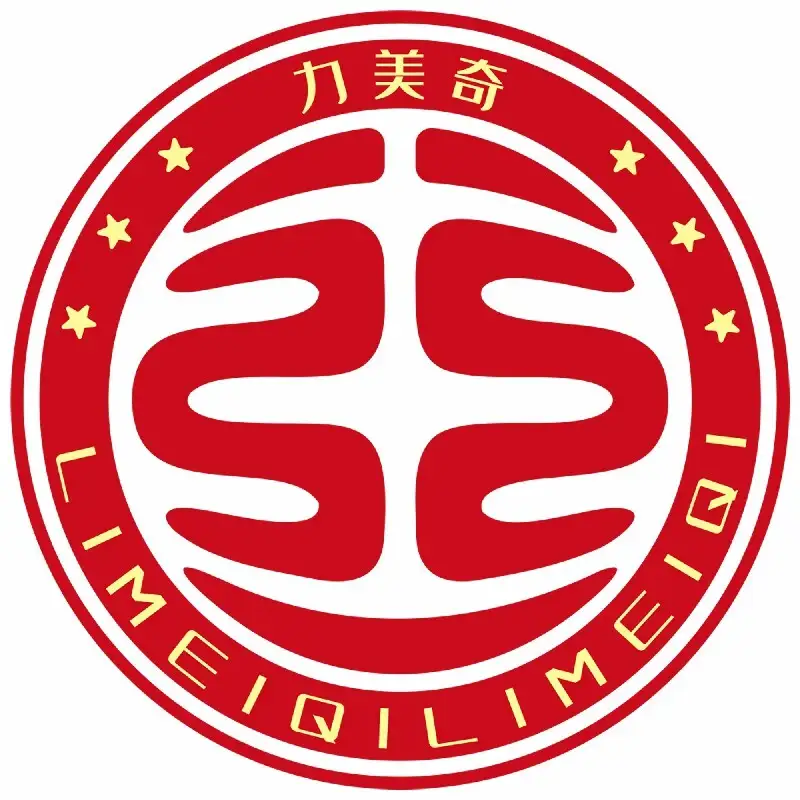Why Age Appropriateness Is Key for Indoor Amusement Park Equipment
Did you know that a single accident in an amusement park can cost millions, but a well-designed age-appropriate attraction can save lives? As the indoor amusement park industry evolves to cater to a diverse audience, the critical importance of age-appropriate design cannot be overstated. Lets dive into why this is crucial for safety, user satisfaction, and the long-term success of any park.
Safety and Health
Age-appropriate equipment is the cornerstone of safety in indoor amusement parks. Each age group has unique physical needs, and overlooking these can lead to injuries and discomfort. For example, soft play equipment designed for toddlers prioritizes cushioning and grip, ensuring safe play. Contrarily, attractions meant for teenagers and adults focus on balance, height, and safety features such as anti-collision bars, preventing accidents.
Material selection is another critical factor. Equipment for children often uses durable yet soft materials to minimize the risk of injury. In contrast, areas for adults might feature materials resistant to impact and abrasion. Behavioral considerations also come into play; toddlers enjoy shorter rides with gentle motions, while teenagers and adults prefer taller structures with more dynamic features.
User Experience
An age-appropriate design enhances user satisfaction and engagement. Attractions like slide heights, seat levels, and ride heights are adjusted to cater to different age groups. For instance, at Happy Kids Park, which implemented age-appropriate equipment, there has been a 30% reduction in accidents. Toddlers can safely enjoy gentle slopes, whereas teenagers and adults can relish taller drops and loops. Accessibility is another important aspect; seats with adjustable heights ensure comfort for everyone, encouraging longer stays and repeat visits.
Engagement is key, and age-appropriate equipment fosters it. Interactive elements tailored to specific age groups keep users entertained. At Happy Kids Park, interactive climbing walls have become a hit, engaging children and teenagers alike, enhancing both playtime and physical development.
Competitive Edge
In a competitive market, age-appropriate equipment offers a significant competitive advantage. It attracts families and broadens the park's appeal, boosting revenue. By offering attractions that cater to diverse age groups, operators can differentiate themselves from competitors. This strategy also enhances the park's reputation, positioning it as considerate and inclusive.
Local Regulations and Compliance
Meeting local regulations is essential. Each region has specific safety standards for different age groups, and ignoring these can lead to legal issues. Tailored designs not only meet safety requirements but also respect regional preferences, enhancing the park's reputation. Additionally, age-appropriate features improve accessibility, accommodating individuals with disabilities and promoting inclusivity.
Future Trends and Innovations
The future of amusement park equipment is dynamic, with a focus on innovation and sustainability. Modular and multi-age attractions allow operators to design spaces that cater to multiple age groups efficiently. This approach promotes sustainability by reducing waste and resource use, appealing to environmentally conscious customers.
Recent innovations include interactive climbing walls that engage children and teenagers, enhancing both playtime and physical development. Technology integration, such as virtual reality (VR) and interactive elements, also enhances user experience. Age-appropriate features ensure that technology is accessible and enjoyable for all, fostering engagement and satisfaction.
Conclusion
Age-appropriate design is not just a consideration; it's essential for ensuring safety, engagement, and inclusivity. By prioritizing age-specific needs, operators can create attractions that delight the whole family, fostering long-term success and innovation in the industry. Prioritize age-appropriate equipment today and into the future to ensure your park is the first choice for all ages.



